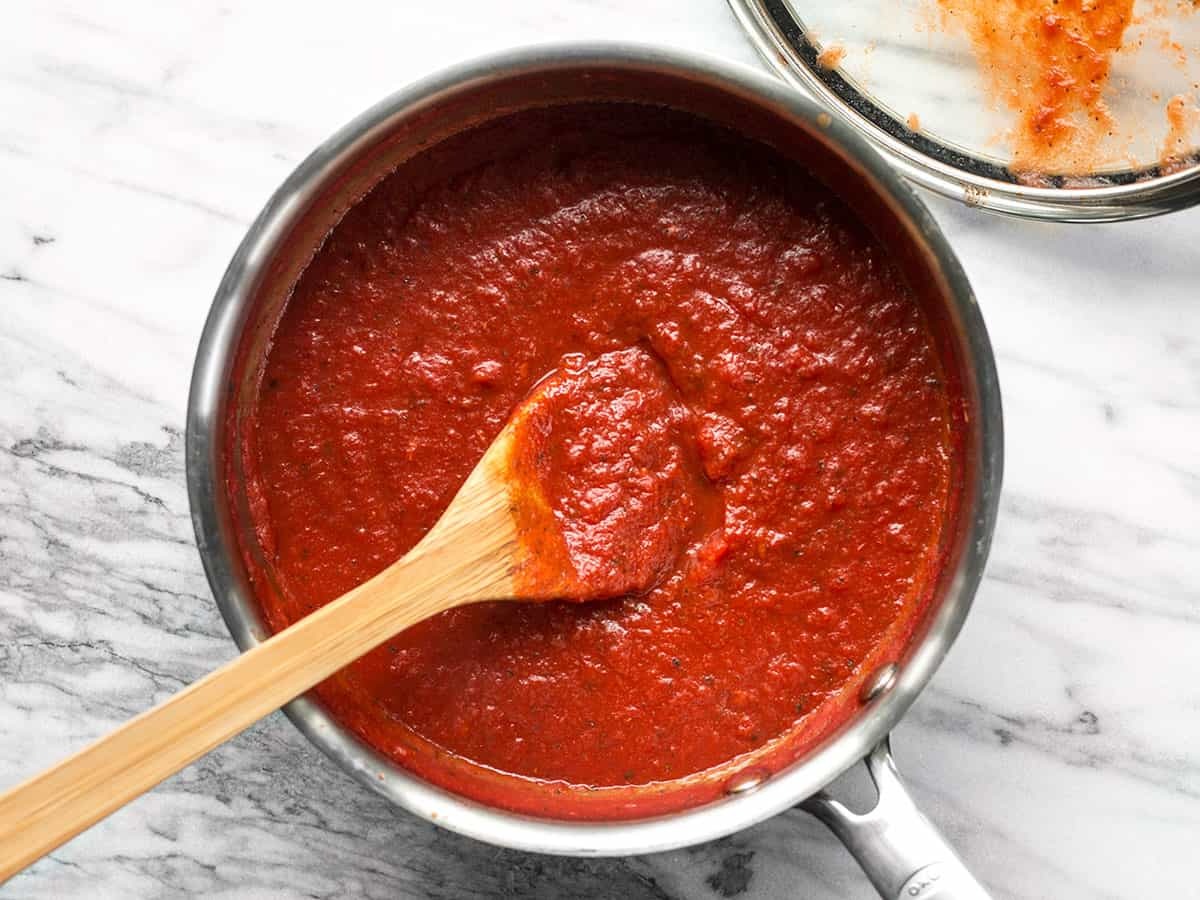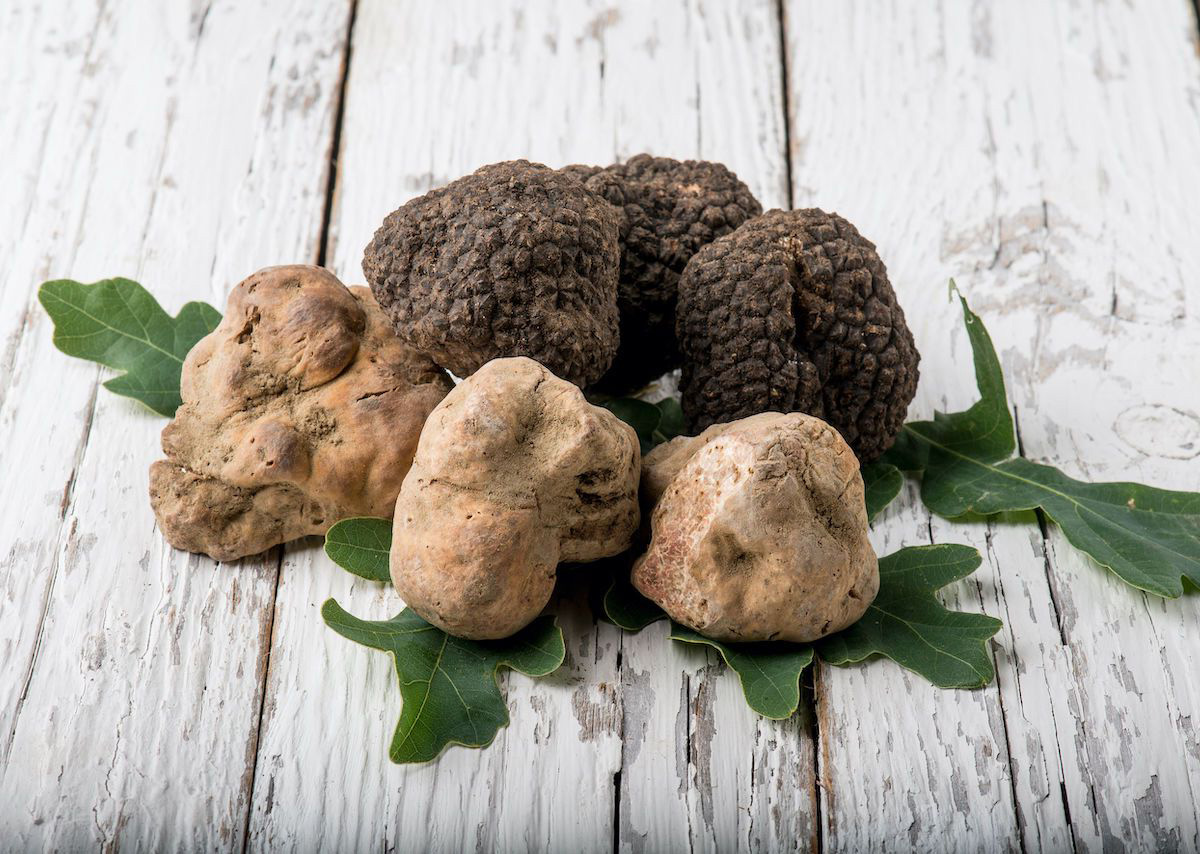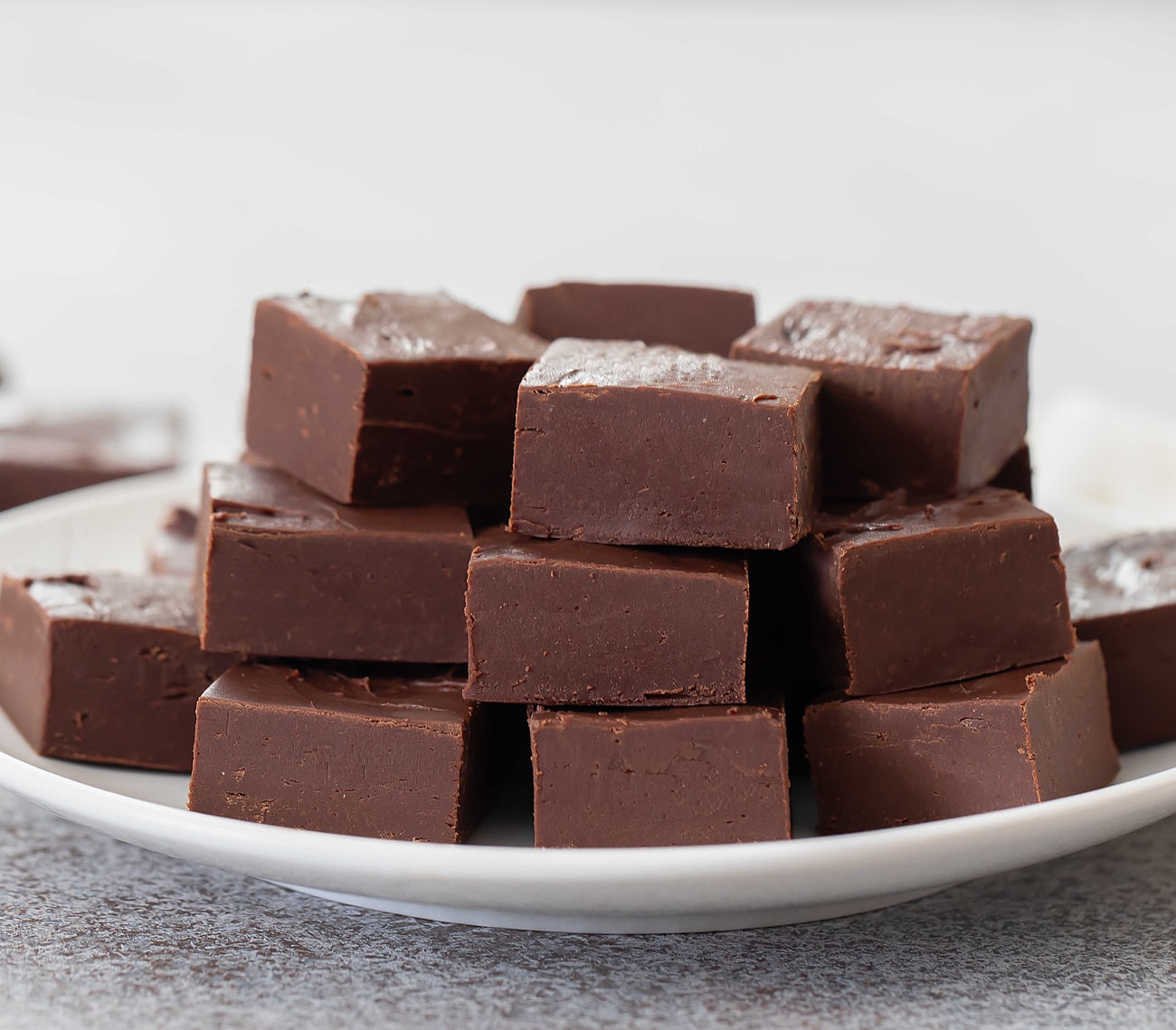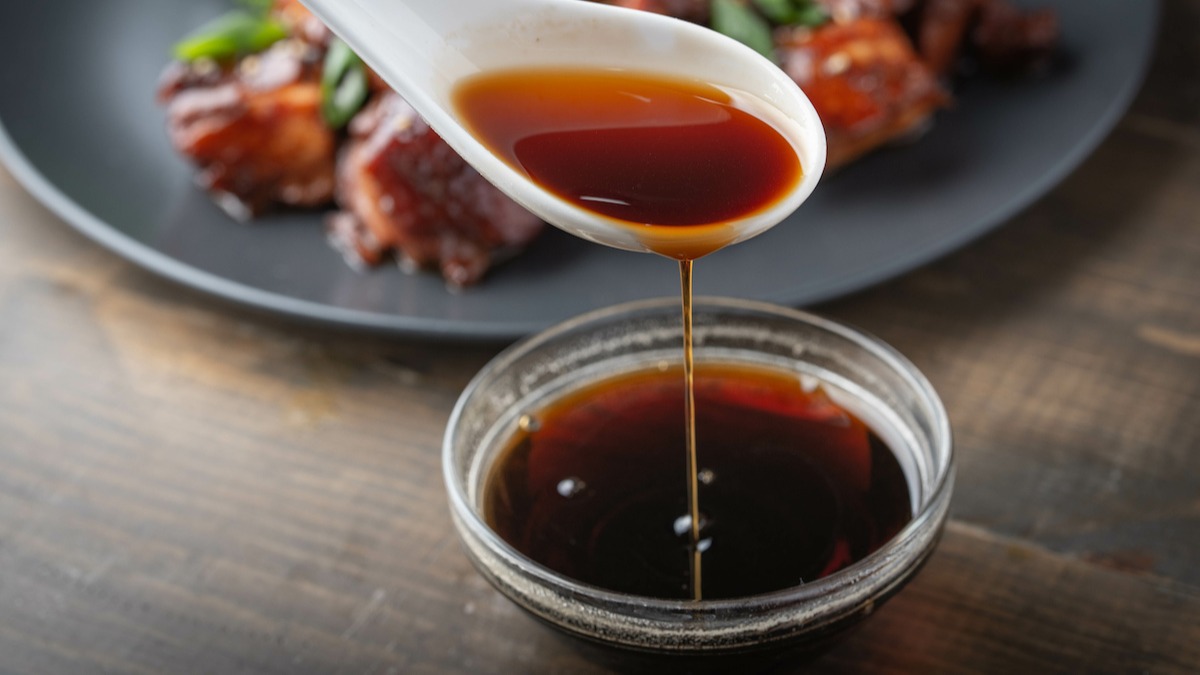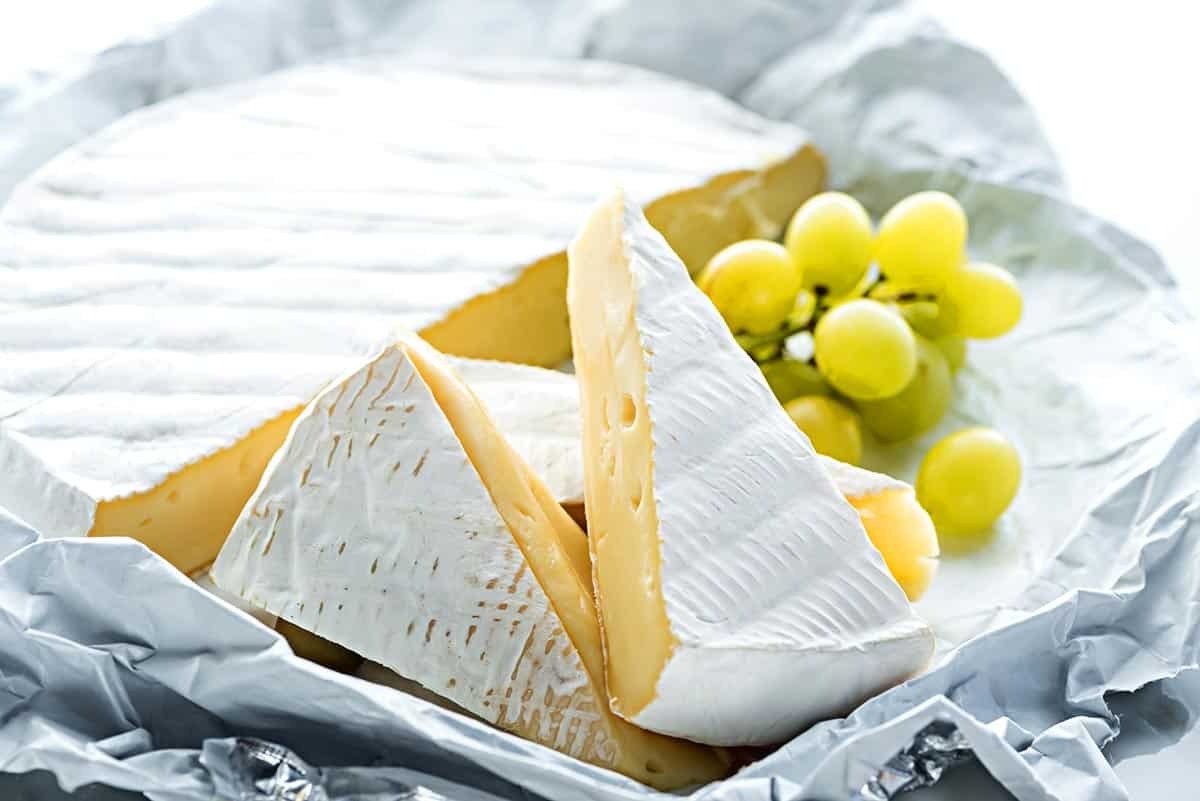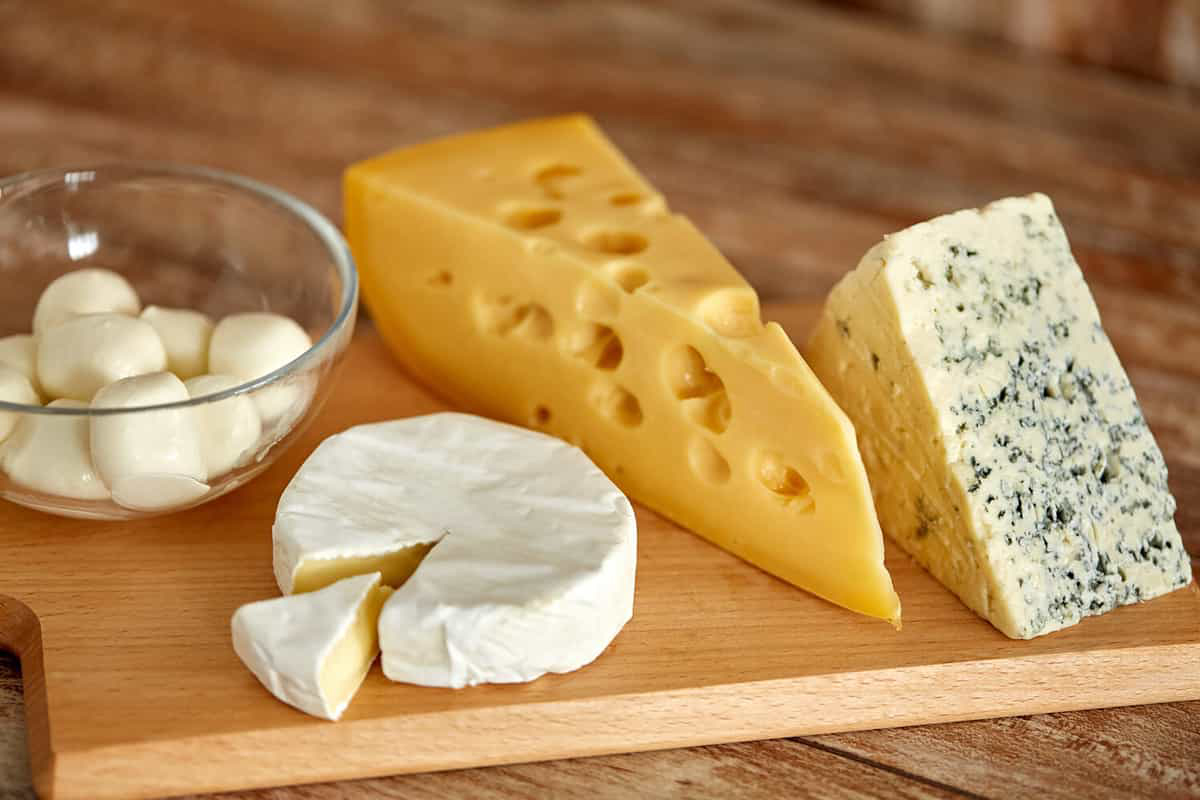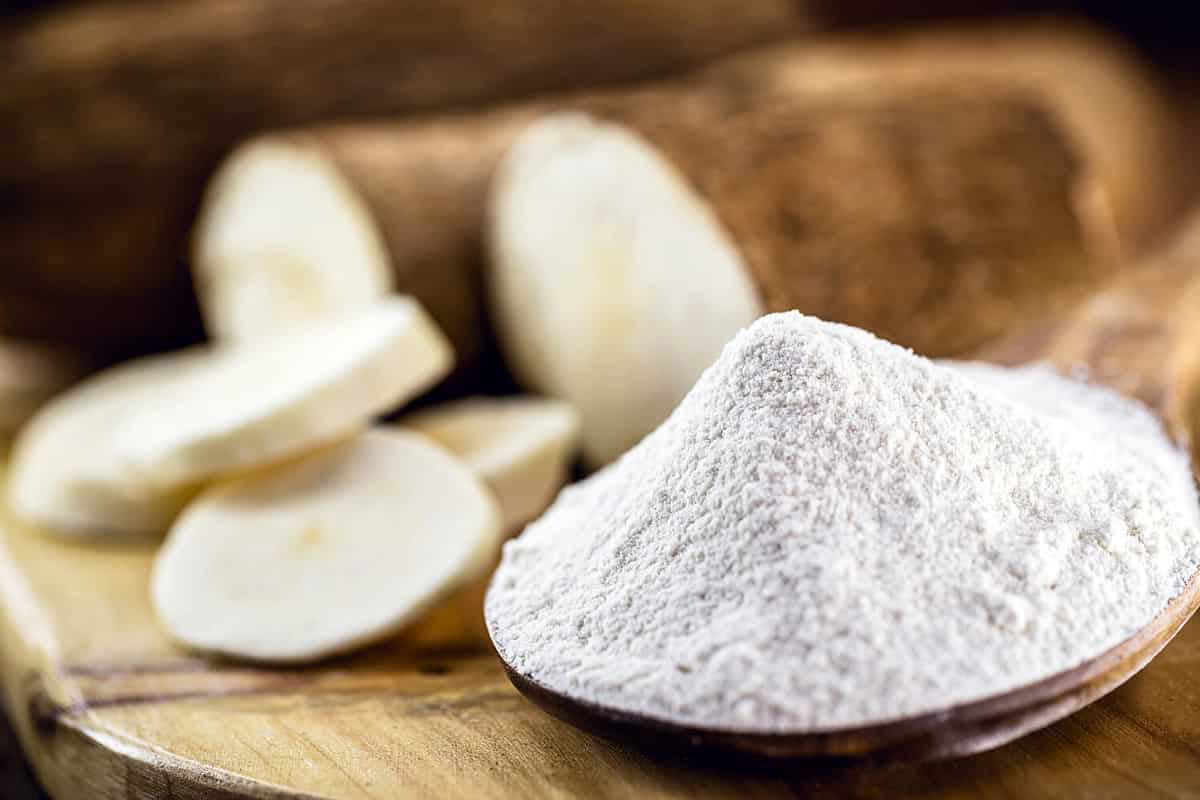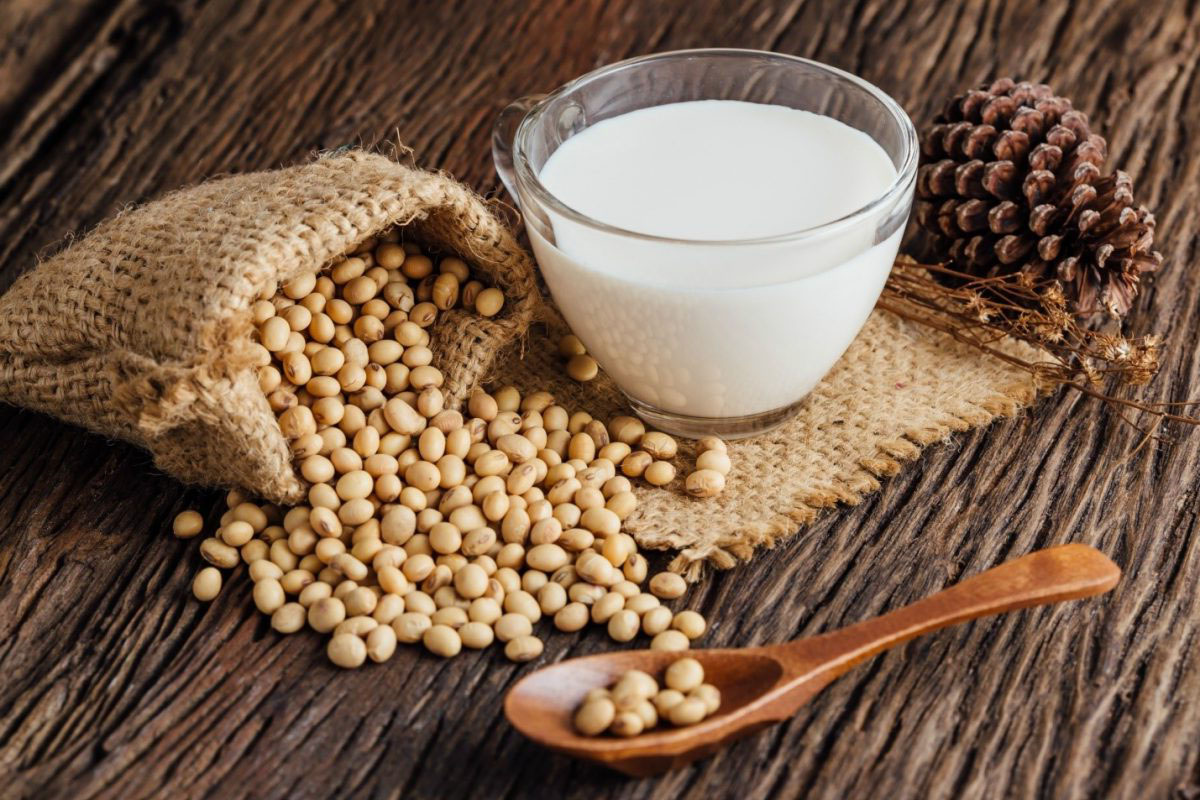Exploring the Delicious World of Satay
Are you a fan of flavorful and aromatic dishes? If so, you’re in for a treat with satay! This popular Southeast Asian dish is a true delight for the taste buds, offering a perfect blend of savory, sweet, and spicy flavors. Let’s dive into the world of satay and uncover what makes it so special.
Understanding Satay
Satay is a dish that originates from Southeast Asia, particularly Indonesia, Malaysia, Thailand, and Singapore. It typically consists of skewered and grilled meat, served with a delectable dipping sauce. While the most common type of meat used for satay is chicken, it can also be made with beef, pork, or even tofu for a vegetarian option.
The Flavorful Marinade
One of the key elements of satay is the marinade. The meat is marinated in a mixture of spices, herbs, and other flavorful ingredients, which infuse it with a rich and aromatic taste. Common ingredients in the marinade include lemongrass, turmeric, garlic, and coriander. This marinade not only adds depth to the flavor of the meat but also helps to tenderize it, resulting in juicy and succulent satay.
The Grilling Process
After marinating, the meat is threaded onto skewers and grilled to perfection. The grilling process imparts a smoky flavor to the meat, adding another layer of complexity to the dish. The result is tender, slightly charred meat that is bursting with flavor.
The Irresistible Dipping Sauce
No discussion of satay would be complete without mentioning the dipping sauce. The sauce, known as peanut sauce, is a crucial component of the dish. It is made from ground peanuts, coconut milk, chili, and a variety of spices, creating a creamy and slightly spicy accompaniment to the grilled meat. The combination of the savory meat and the rich, nutty sauce is simply irresistible.
Enjoying Satay
Satay is often served as a street food snack or as part of a larger meal. It can be enjoyed on its own as an appetizer or paired with rice and a fresh salad for a more substantial dish. The versatility of satay makes it a popular choice for gatherings and social events, where it can be shared and enjoyed by all.
Conclusion
Now that you’ve been introduced to the wonderful world of satay, it’s time to experience it for yourself. Whether you’re a fan of bold and spicy flavors or simply appreciate a well-grilled piece of meat, satay is sure to satisfy your cravings. So, the next time you’re looking to tantalize your taste buds, consider indulging in the delightful flavors of satay.
Was this page helpful?
Read Next: What Is Top Ramen?
